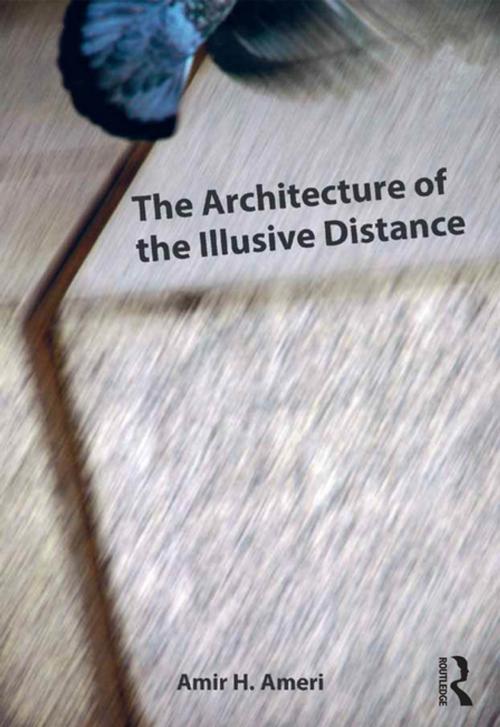| Author: | Amir H. Ameri | ISBN: | 9781317044703 |
| Publisher: | Taylor and Francis | Publication: | March 3, 2016 |
| Imprint: | Routledge | Language: | English |
| Author: | Amir H. Ameri |
| ISBN: | 9781317044703 |
| Publisher: | Taylor and Francis |
| Publication: | March 3, 2016 |
| Imprint: | Routledge |
| Language: | English |
Focusing on three secular institutional building types: libraries, museums, and cinemas, this book explores the intricate interplay between culture and architecture. It explores the cultural imperatives which have seen to the formation of these institutions, the development of their architecture, and their transformation over time. The relationship between culture and architecture is often perceived as a monologic relationship. Architecture is seen to embody, represent and/or reflect the values, the beliefs, and the aesthetic ideals of a culture. Ameri argues that this is at best a partial and restrictive view, and that if architecture is a cultural statement, it is a performative one. It does not merely represent culture, but constructs, reifies, and imposes culture as the unalterable shape of reality. Whereas the concept and the study of cultural performatives have had an important critical impact on the humanities, architecture as a cultural performative has not received the necessary scholarly attention and, in part, this book aims to fill this gap. Whereas building-type studies have been largely restricted to elucidating how best to design building-types based on historic and contemporary precedents, studies in the humanities that analytically and critically engage the secular institutions and their history as cultural performatives, typically cast a blind or perfunctory glance at the performative complicity of their architecture. This book aims to address the omissions in both these approaches. The library, the museum, and the movie-theater have been selected for close critical study because, this book argues, each has been instituted to house, ’domesticate,’ and restrain a specific form of representation. The aim has been to protect and promulgate the metaphysics of presence as Jacques Derrida expounds the concept. This book proposes that it is against the dangers of unconstrained cohabitation of reality and representation that the library, the m
Focusing on three secular institutional building types: libraries, museums, and cinemas, this book explores the intricate interplay between culture and architecture. It explores the cultural imperatives which have seen to the formation of these institutions, the development of their architecture, and their transformation over time. The relationship between culture and architecture is often perceived as a monologic relationship. Architecture is seen to embody, represent and/or reflect the values, the beliefs, and the aesthetic ideals of a culture. Ameri argues that this is at best a partial and restrictive view, and that if architecture is a cultural statement, it is a performative one. It does not merely represent culture, but constructs, reifies, and imposes culture as the unalterable shape of reality. Whereas the concept and the study of cultural performatives have had an important critical impact on the humanities, architecture as a cultural performative has not received the necessary scholarly attention and, in part, this book aims to fill this gap. Whereas building-type studies have been largely restricted to elucidating how best to design building-types based on historic and contemporary precedents, studies in the humanities that analytically and critically engage the secular institutions and their history as cultural performatives, typically cast a blind or perfunctory glance at the performative complicity of their architecture. This book aims to address the omissions in both these approaches. The library, the museum, and the movie-theater have been selected for close critical study because, this book argues, each has been instituted to house, ’domesticate,’ and restrain a specific form of representation. The aim has been to protect and promulgate the metaphysics of presence as Jacques Derrida expounds the concept. This book proposes that it is against the dangers of unconstrained cohabitation of reality and representation that the library, the m















